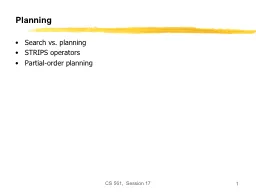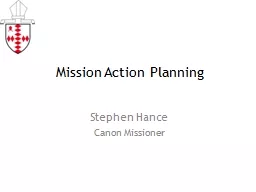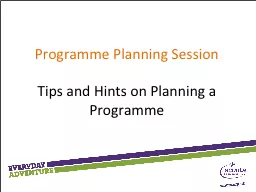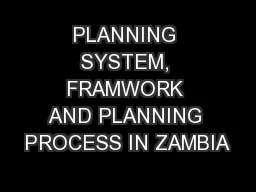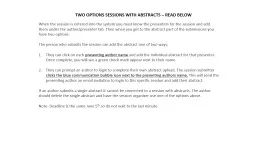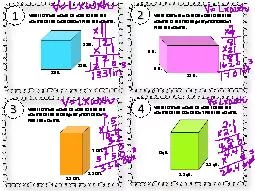PPT-CS 561, Session 17 1 Planning
Author : tawny-fly | Published Date : 2018-03-14
Search vs planning STRIPS operators Partialorder planning CS 561 Session 17 2 What we have so far Can TELL KB about new percepts about the world KB maintains model
Presentation Embed Code
Download Presentation
Download Presentation The PPT/PDF document "CS 561, Session 17 1 Planning" is the property of its rightful owner. Permission is granted to download and print the materials on this website for personal, non-commercial use only, and to display it on your personal computer provided you do not modify the materials and that you retain all copyright notices contained in the materials. By downloading content from our website, you accept the terms of this agreement.
CS 561, Session 17 1 Planning: Transcript
Download Rules Of Document
"CS 561, Session 17 1 Planning"The content belongs to its owner. You may download and print it for personal use, without modification, and keep all copyright notices. By downloading, you agree to these terms.
Related Documents

